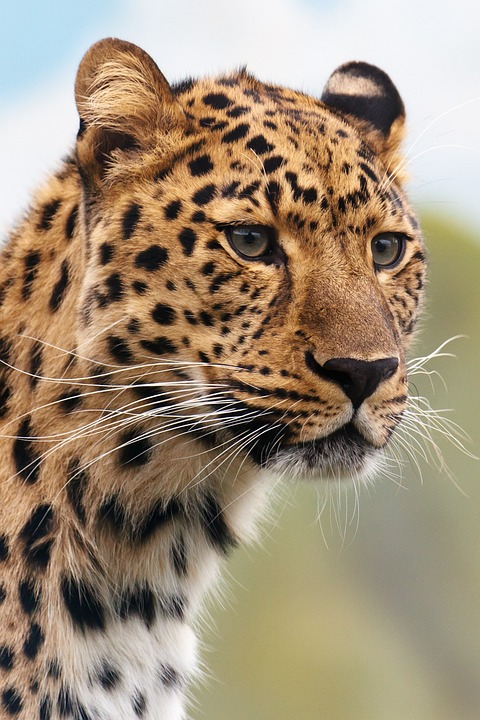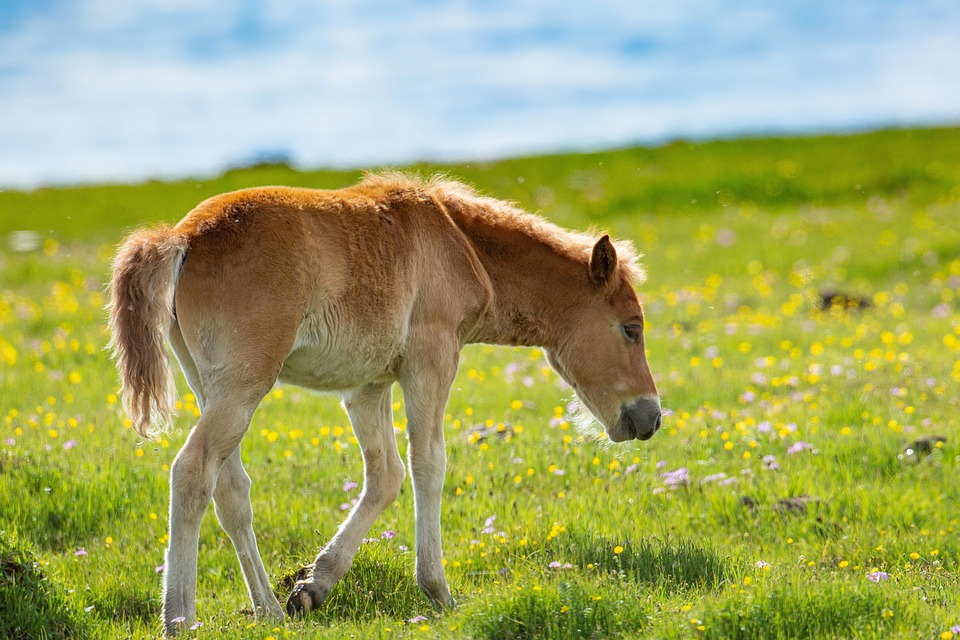In the United States, wildlife management has traditionally prioritized hunting and ranching on public lands. However, Robert Long and his team at Woodland Park Zoo are leading the charge towards noninvasive research methods, particularly in studying elusive carnivores like wolverines in the Cascade Mountains. Long, a senior conservation scientist based in Seattle, is transforming the way researchers observe wildlife, setting a new standard for wildlife observation and contributing to a growing trend in how animals are studied.
Long explains that many wildlife management agencies still focus on maintaining animal populations for hunting and fishing, but his team’s work with wolverines in the Cascade Mountains is at the forefront of noninvasive wild animal research. The shift towards noninvasive research methods for studying carnivores gained momentum around 2008, coinciding with the publication of a book on noninvasive survey methods edited by Long and his colleagues. This publication served as a manual for researching wildlife with minimal impact.
The Woodland Park Zoo team exclusively uses noninvasive research methods to observe the threatened wolverine population in the Cascade Mountains. They employ trail cameras alongside scent lures, rather than bait stations, to monitor the wolverines. The team has identified six females and four males in the Northern Cascades population, which totals less than 25 individuals according to estimates from the Washington Department of Fish and Wildlife. The research model developed for the wolverine population in the Cascades can be replicated for studying other wildlife species.
One significant aspect of Long’s research is the use of scent lures instead of bait to attract wolverines for observation. By collaborating with a Microsoft engineer, Long developed a winter-resistant scent dispenser that eliminates the need for bait, such as roadkill deer or chicken legs. This shift from bait to scent lures has numerous benefits, including reducing stress on wildlife, lowering costs, and minimizing human impact on the ecosystem.
Using liquid-based scent dispensers also helps prevent disease spread among wildlife populations, particularly for species that can transmit illnesses like Chronic Wasting Disease. Additionally, the durable dispensers can withstand year-round deployment in remote and harsh environments, unlike bait that requires frequent replenishing.
Long and his team are currently working on „veganizing“ the scent lure recipe by developing a synthetic scent that replicates the original lure. This new vegan scent not only minimizes ethical concerns about sourcing ingredients but also ensures consistency in research outcomes and eliminates supply chain issues. Despite the cutting-edge nature of vegan baits, Long believes that the broader trend towards noninvasive techniques like camera trapping is on the rise in wildlife research, ultimately benefiting wild animal welfare.
In conclusion, Robert Long and the Woodland Park Zoo team are pioneering noninvasive research methods for studying carnivores like wolverines in the Cascade Mountains. Their work represents a shift towards more ethical and effective wildlife observation practices, setting a new standard for researchers in the field. By prioritizing noninvasive techniques and developing innovative solutions like vegan scent lures, Long is contributing to a positive trend in wildlife research that prioritizes animal welfare and conservation.





